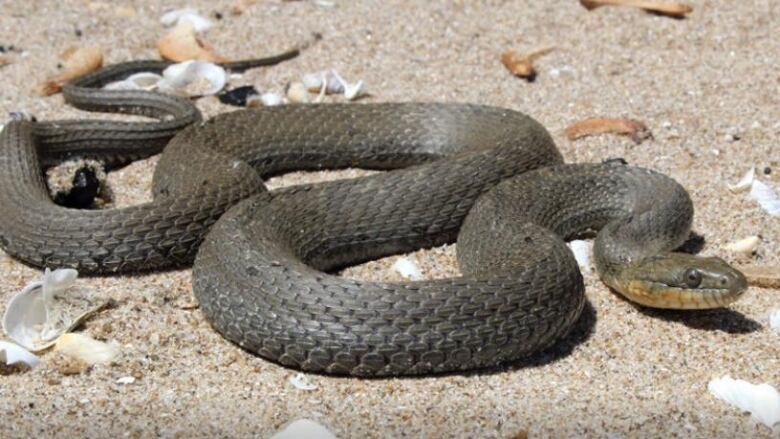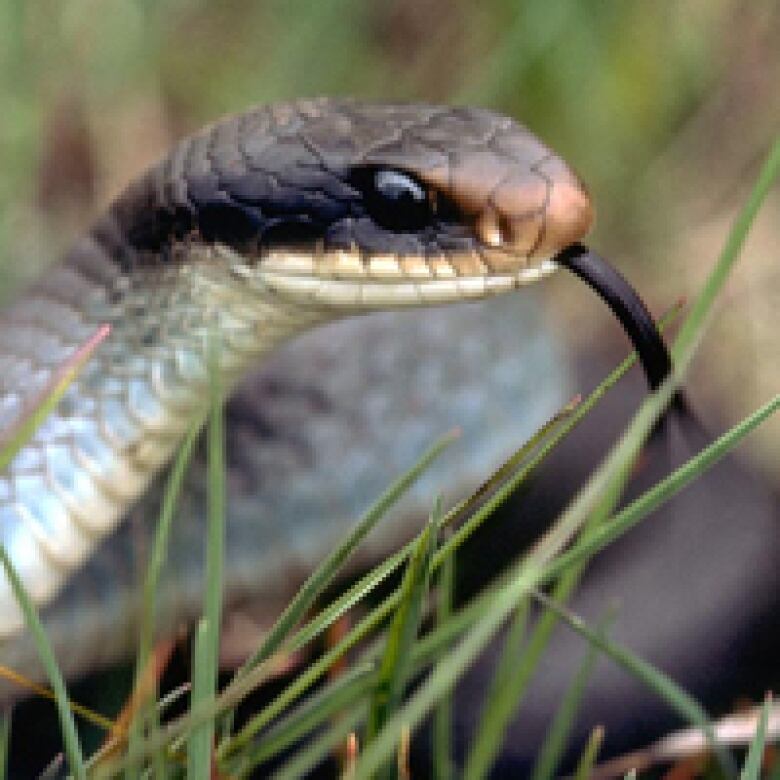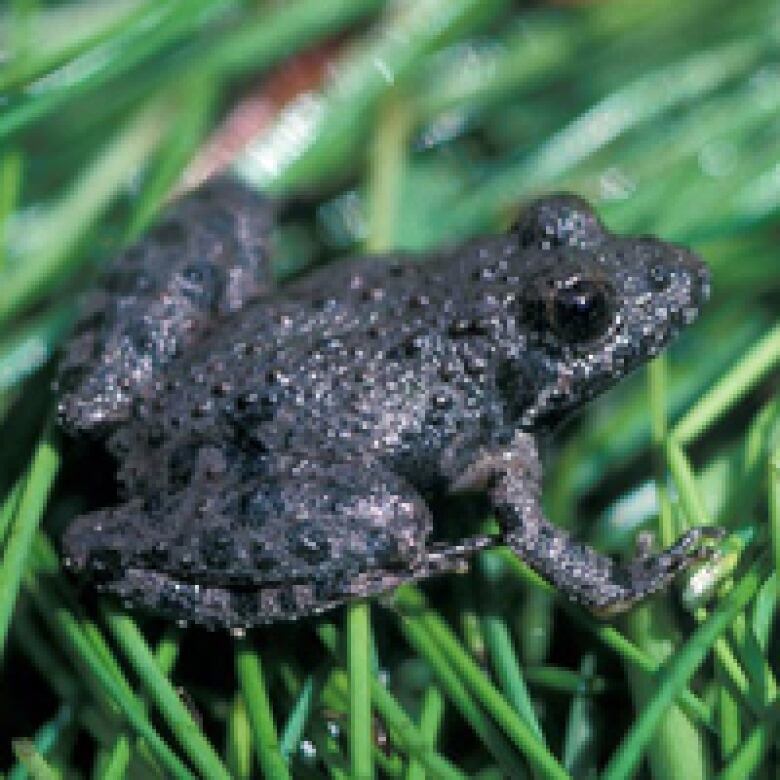Windsor-Essex losing its reptiles and amphibians, other rare species on the edge
Sixty-two per cent of the reptiles and amphibians found locally are now either at risk or gone

One study is taking a look at amphibians and reptiles in Essex County. It's been35 yearssince the last check.
Jonathan Choquetteis one of the authors on the study,and he was looking was to update the status of reptiles and amphibians in the area.
"We have a number [of species] that are quite rare locally," said Choquette, crediting the increase of citizen science and an ongoing loss of habitat as catalysts for the study."Both of these things gave us reason to look at and update this status."
What Choquette found is alarming. Sixty-two per cent of reptiles and amphibians historically found in Windsor and Essex County are now either at risk of disappearing locally or are already gone.
The Ontario Reptile and Amphibian Atlas has collected more than 350,000 observations in the province from about 3,000 volunteers.- Ontario Nature 2015
Choquetteassembled provincial records and compared distribution now to what was reported in previous studies, last done in the 1980s. His data showed11 species have declined in Essex County.
Some of those species include the Blue Racer snake, the Lake Erie watersnake and the small-mouthed salamander.
"The lack of sightings suggest these species are no longer here," said Choquette. "There are certain species, like the red-backed salamander, common at the provincial level, they're really hard to be found in Essex County. We've modified the landscape so much here that they're hard to find."

The Essex Region Conservation Authority didn't contribute to this specificstudy, but one ERCA biologist said the data can't be refuted.
"If you look back at pre-settlement times we obviously had more species than we do today," said DanLebydk. When housing developments in LaSalle expanded between 1986 and 1996, more than 97 per cent of the existing wetlands in the area were lost.
Globally rare species and local extinction
Data shows Essex County has the highest concentration of "globally rare species" in all of Canada.
"There are many endangered and threatened species in theEssexRegion," saidLebydk, adding that there are multiple reasons for this,including that the main population of some of the species here mostly exist in the United States.
Even though populations may be stable in the U.S., Choquette said we should keep an eye on local extinction.
"Extinction happens one local habitat at a time. Species can decline under our nose until it's endangered provincially and we didn't see it coming," said Choquette."We have the last populations for some species in Canada."

On the other hand, some species at risk worldwide are found in abundance in Essex County, including two species of snakes and three turtle species.
Habitats areimportant
Even though efforts are made throughout Essex County to protect habitats of endangered or rare species, Choquette said there's no guarantee they'll have any headway.

"There are sometimes where we have to come in, in a protective region, and do some recovery work," said Choquette.
Lebydk agreed, adding that it's the responsibility of the landowner to make sure habitats are safe.
"We have to conserve as many native species as possible."












_(720p).jpg)


 OFFICIAL HD MUSIC VIDEO.jpg)
.jpg)



























































































